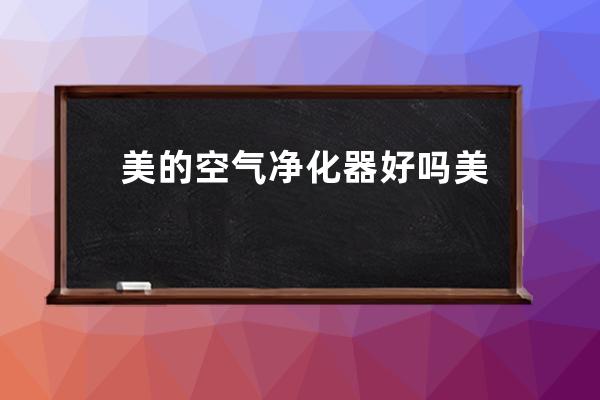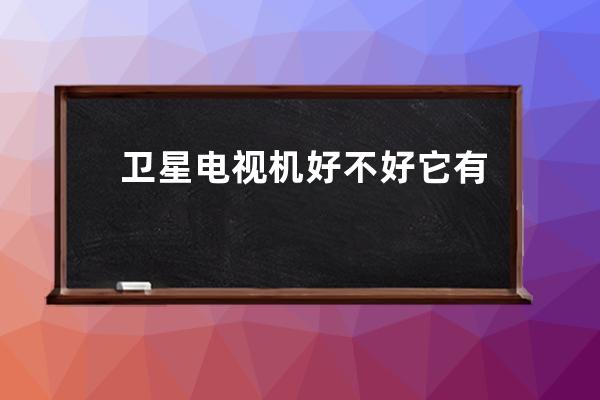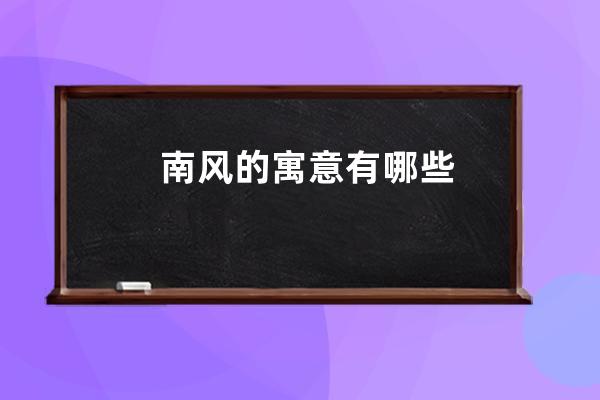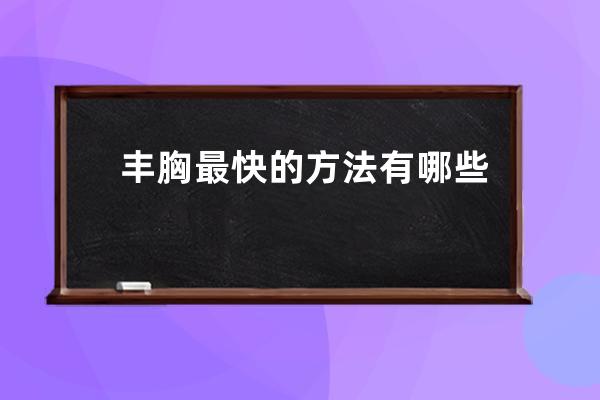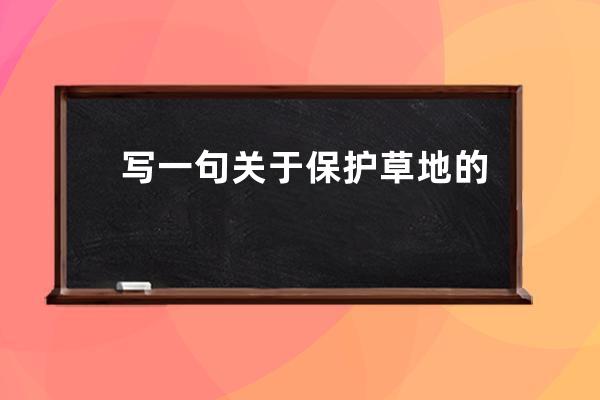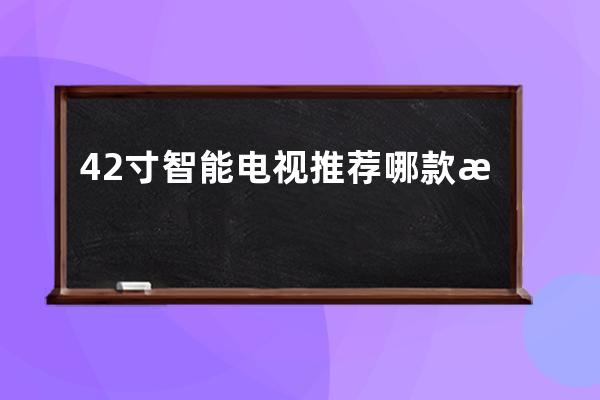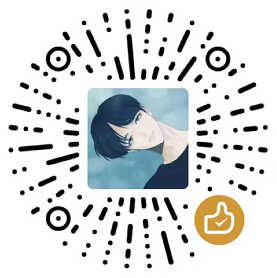中国人喝茶有什么讲究英语(中国人喜茶但讲究看体质喝茶)
The Tradition of Drinking Tea in China
China is known for its rich culture, and one of the practices that clearly showcases this is the art of drinking tea. Tea has been an integral part of Chinese culture for centuries, and it is considered not only a drink but also a symbol of Chinese etiquette, hospitality, and warmth. Drinking tea is not just a habit, but an art in China, and it is associated with elaborate ceremonies and rituals that are steeped in history and tradition. In this article, we will take a closer look at the various aspects of drinking tea in China, including its history, significance, and etiquette.
The Importance of Tea in Chinese Culture
Tea was first used as a medicinal drink in China during the Shang dynasty, and it soon became a popular beverage for commoners and royalty alike. Over time, the practice of drinking tea became more sophisticated, and it evolved into a cultural art form. Chinese tea is renowned for its variety, flavor, and fragrance, and it can be served in different ways depending on the occasion and the audience. For instance, in formal events, tea is served with elaborate ceremonies that include bowing, pouring, and sipping, while casual tea drinking is more informal.
Tea in China is also associated with hospitality, warmth, and goodwill towards guests. It is a gesture of respect to offer a cup of tea to your guests, and refusing tea can be seen as impolite or rude. Tea is also believed to have many health benefits, including aiding digestion, promoting relaxation, and boosting the immune system. Overall, tea is deeply ingrained in Chinese culture, and it is perceived as a symbol of refinement, elegance, and purity.
The Etiquette of Drinking Tea in China
Drinking tea in China is governed by strict etiquette rules that vary depending on the context and the audience. For instance, when serving tea to a guest, the host should always pour the tea with their right hand while holding the handle with their left hand. The guest, in turn, should hold the teacup with both hands as a sign of respect and take a small sip before putting the cup down. The host should then refill the cup and continue the conversation, repeating this cycle until the guest is satisfied.
When drinking tea in a formal setting, it is essential to follow the proper procedures, which include bowing to the tea master, washing your hands, and sitting in a specific position. The tea ceremony is characterized by the preparation, serving, and drinking of the tea, and each step is performed with precision and elegance. The entire process can take up to several hours, and it involves multiple rounds of tea drinking and snack consumption. Casual tea drinking is more relaxed, and it can take place in teahouses or private homes, and it is an opportunity for people to socialize, relax, and enjoy the taste of tea.
Conclusion
In conclusion, drinking tea is an essential part of Chinese culture, and it is deeply ingrained in the country's history and tradition. It is not just a beverage, but an art form that symbolizes elegance, refinement, and hospitality. The practice of tea drinking in China reflects the country's unique values and mindset, and it is an integral part of the Chinese way of life. Whether you are a tea lover or not, experiencing the Chinese tea culture is an essential part of any visit to China, and it is a unique opportunity to learn about the country's culture and customs.

声明:本站所有文章资源内容,如无特殊说明或标注,均为采集网络资源。如若本站内容侵犯了原著者的合法权益,可联系本站删除。

